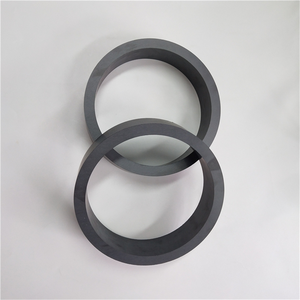Professional industry ceramic supplier, silicon nitride, silicon carbide, aluminum nitride and any other kinds of ceramics.
PRODUCT PARAMETERS
Description
Overview of High Hardness Silicon Carbide Sic Ceramic Wafer in Semiconductor Industry
High Hardness Silicon Carbide Sic Ceramic Wafer in Semiconductor Industry ceramics are a class of ultra-high-performance materials known for their exceptional thermal conductivity, outstanding mechanical properties, and superior chemical stability. They excel in the most demanding environments involving extreme temperatures, wear, and corrosive agents. This combination of properties makes SiC ceramics indispensable for advanced applications in aerospace, energy, automotive, and industrial processing.
Features of High Hardness Silicon Carbide Sic Ceramic Wafer in Semiconductor Industry
-
Exceptional Thermal Conductivity: Facilitates excellent heat dissipation, outperforming many metals and most other ceramics.
-
High-Temperature Strength: Maintains remarkable mechanical strength and creep resistance at temperatures up to 1650°C.
-
Superior Wear & Abrasion Resistance: Offers extreme hardness, making it ideal for wear-prone components like seals, nozzles, and liners.
-
Excellent Chemical Inertness: Highly resistant to oxidation and attack by acids, alkalis, and molten metals.
-
High Thermal Shock Resistance: Withstands rapid temperature changes without cracking or degrading.
-
Semiconductor Properties: Used extensively in high-power, high-frequency electronic devices.
Specification of High Hardness Silicon Carbide Sic Ceramic Wafer in Semiconductor Industry
High solidity silicon carbide ceramic wafers are vital sought after semiconductor processes. These wafers provide outstanding resistance to use and damaging. This property is crucial. Semiconductor production involves severe environments. Devices and fixtures deal with continuous abrasion. SiC wafers last a lot longer than softer products. This minimizes downtime and substitute costs substantially.
The extreme solidity originates from silicon carbide’s strong atomic bonds. This material is almost as tough as diamond. It deals with rough fragments and misuse quickly. Scrapes and surface area damages are decreased. Refine uniformity improves since wafer surfaces remain smooth. Particle contamination dangers drop. Cleanroom stability is much better kept.
Warm monitoring is another vital advantage. Silicon carbide conducts warm effectively. It moves warmth far from sensitive elements swiftly. This stops overheating throughout high-power operations. Thermal stress on devices is decreased. Efficiency comes to be extra steady and reputable. Process return typically boosts.
Chemical resistance is likewise outstanding. SiC wafers endure strong acids and bases. They do not corrode quickly like steels or a few other ceramics. This makes them safe for aggressive chemical bathrooms and cleansing steps. Product pureness is preserved. Wafer high quality remains high throughout handling.
These wafers are used for several important tasks. They serve as resilient chucks holding silicon wafers throughout etching and lithography. They act as heating unit plates and insulators in high-temperature heating systems. They are crucial parts in plasma etching chambers. Their stability guarantees accurate process control. Semiconductor manufacturers depend on their strength and thermal performance.
Applications of High Hardness Silicon Carbide Sic Ceramic Wafer in Semiconductor Industry
High solidity silicon carbide ceramic wafers are essential in the semiconductor globe. They take care of laborious normal silicon wafers can not. Their extreme firmness makes them very immune to use and scrapes throughout handling. This toughness is crucial for requiring semiconductor production steps. SiC wafers additionally manage warm incredibly well. They move warm away from sensitive digital elements much faster than silicon. This protects against getting too hot and failing.
Power electronics benefit widely from SiC wafers. Instruments like MOSFETs and diodes improved SiC deal with much greater voltages and temperature levels. They switch over power on and off faster and shed less power as warm. This indicates power converters and inverters work a lot more successfully. Electric automobiles use these effective SiC power modules. The result is much longer driving ranges and faster charging times for EVs. It’s a big enhancement over older silicon-based power electronics.
Renewable resource systems also rely on SiC technology. Solar energy inverters and wind generator converters developed with SiC chips lose less power during conversion. This enhances the total efficiency of solar panels and wind ranches. More functional power reaches the grid. The high-temperature capability of SiC is an additional major benefit. Tools made on SiC wafers maintain working accurately in settings where silicon devices would certainly stop working. This is critical for applications near engines or in commercial setups.
The special homes of SiC wafers enable smaller sized, lighter power systems. Devices does not require as much bulky air conditioning. This conserves area and decreases system weight. The need for SiC wafers is growing quick. They are essential for next-generation power electronic devices requiring greater performance, power density, and reliability. Automotive business particularly promote wider SiC adoption in electrical autos and charging terminals. The efficiency leap over silicon is clear.
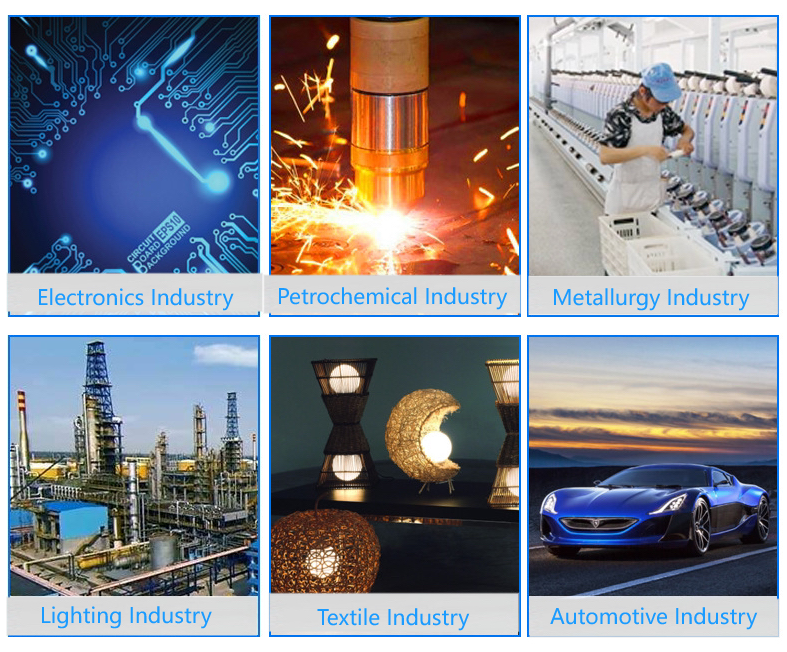 Company Profile
Company Profile
Tanki New Materials Co.Ltd. focus on the research and development, production and sales of ceramic products, serving the electronics, ceramics, chemical and other industries. Since its establishment in 2015, the company has been committed to providing customers with the best products and services, and has become a leader in the industry through continuous technological innovation and strict quality management.
Our products includes but not limited to Aerogel, Aluminum Nitride, Aluminum Oxide, Boron Carbide, Boron Nitride, Ceramic Crucible, Ceramic Fiber, Quartz Product, Refractory Material, Silicon Carbide, Silicon Nitride, ect. please feel free to contact us.
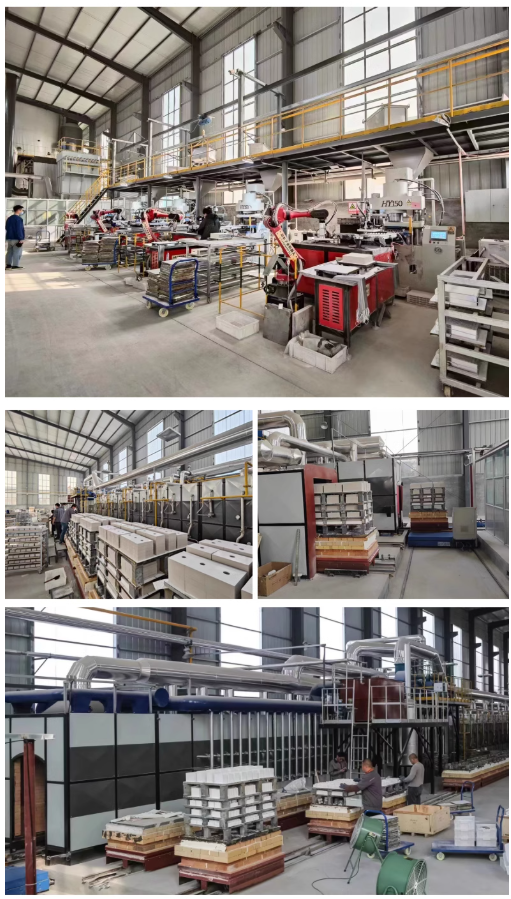 Payment Methods
Payment Methods
T/T, Western Union, Paypal, Credit Card etc.
Shipment Methods
By air, by sea, by express, as customers request.
5 FAQs of High Hardness Silicon Carbide Sic Ceramic Wafer in Semiconductor Industry
What are high hardness silicon carbide wafers?
They are thin discs made from silicon carbide ceramic. This material is incredibly hard. It’s nearly as hard as diamond. These wafers form the base for building semiconductor chips. They handle extreme conditions better than silicon wafers.
Why use silicon carbide instead of silicon?
Silicon carbide has key advantages. It handles much higher voltages. It withstands much higher temperatures. It conducts heat much better. This makes SiC wafers perfect for power electronics. Devices like electric car chargers and power supplies need these properties. They lead to smaller, more efficient components.
What makes SiC wafers so hard?
The atomic bonds in silicon carbide are extremely strong. Silicon and carbon atoms lock together tightly. This creates a rigid crystal structure. This structure resists scratching and wear exceptionally well. It gives the wafers long life in tough applications. The hardness also helps during precision chip manufacturing steps.
Is making SiC wafers difficult?
Yes, producing them is challenging. Growing large, pure silicon carbide crystals is hard. It requires very high temperatures. Special furnaces are needed. The crystals grow slowly. Cutting these hard crystals into thin wafers is also tough. It demands specialized diamond saws and careful polishing. This complexity increases their cost compared to silicon wafers.
Where are high hardness SiC wafers mainly used?
They are vital for advanced power devices. Electric vehicles use them in motor controllers and fast chargers. Renewable energy systems use them in solar inverters. Industrial power supplies use them. High-frequency radio applications use them. Anywhere electricity needs efficient control at high power or heat, SiC wafers excel.
REQUEST A QUOTE
RELATED PRODUCTS
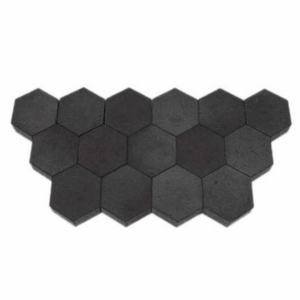
Black Diamond Sic Ceramic Silicon Carbide Ceramic Components
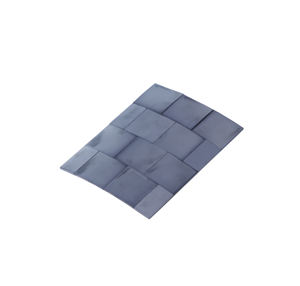
0.4mm-100mm G10 Ceramic Balls Silicon Carbide Ball Sic for Bearings Sic Ceramic Ball
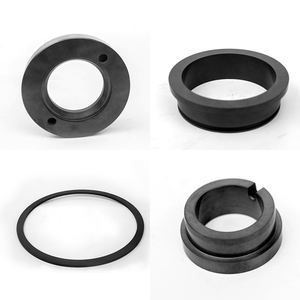
Ceramic Roller Pressure Free Sintered Silicon Carbide Zirconia Ceramic
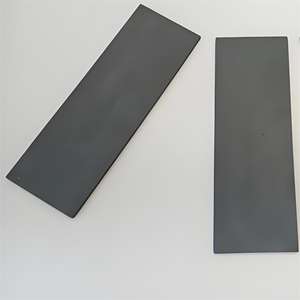
Pressure Free Sintered Silicon Carbide Alumina Ceramic Rod Ceramic Shaft
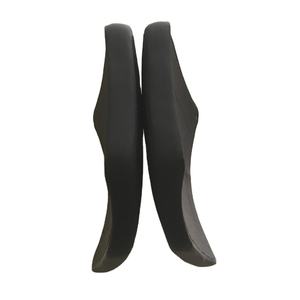
Refractory Silicon Carbide Ceramic for Porcelain Plant
